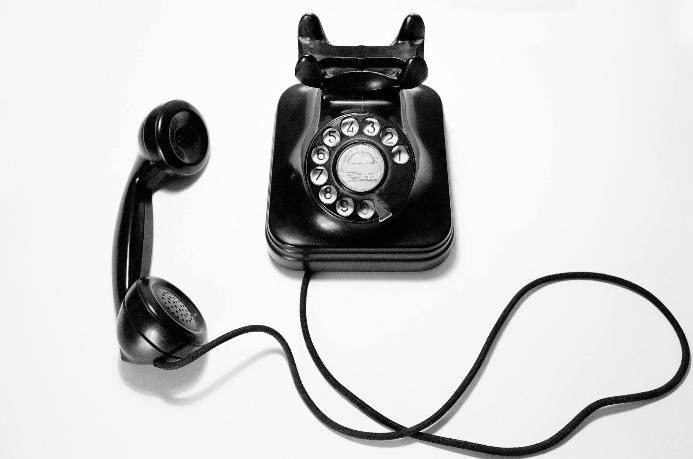Bipolar Disorder
Bipolar disorder (previously called manic depression) is characterized by intense shifts in mood, energy, concentration, and affects one’s ability to carry out daily tasks. These mood episodes can vary between emotional highs (mania or hypo-mania) and lows ( depression ) and can last for days or even weeks.
Both mania and hypomania have many of the same symptoms. However, mania is more severe and can cause noticeable problems in a person’s life. In very severe cases, mania can even trigger psychosis .
Both mania and hypo-mania may include the following symptoms:
- Abnormally upbeat, jumpy, or wired
- Increased activity, energy, or activation
- Exaggerated sense of well-being and self-confidence (euphoria)
- Decreased need for sleep
- Unusual talkativeness
- Racing thoughts
- Being easily distracted
- Poor decision making or engaging in impulsive behaviour
Depressive episodes are severe enough to cause noticeable difficulty in everyday activities and may include the following symptoms:
- Depressed mood (feeling sad, empty, or hopeless)
- Loss of interest or feeling no pleasure in activities
- Significant weight loss, weight gain, or changes in appetite
- Insomnia or hypersomnia
- Restlessness or slowed behaviour
- Fatigue or loss of energy
- Feelings of worthlessness or excessive guilt
- Decreased ability to think or concentrate
- Suicidal thoughts
There are four types of bipolar disorder, all of which involve clear changes in mood, energy, and activity.
- Bipolar I Disorder
- Having manic episodes that last at least 7 days or having manic symptoms that are so severe that a person may require immediate medical attention. Episodes of depression typically occur as well. In some cases, mania can trigger psychosis .
- Bipolar II Disorder
- Having a pattern of depressive episodes and hypo-manic episodes, but not full blown manic episodes that are typical of Bipolar I.
- Cyclothymic Disorder or Cyclothymia
- Having periods of hypo-manic symptoms as well as periods of symptoms lasting at least two years. However, these symptoms do not meet requirements to be considered a hypo-manic episode and/or a depressive episode.
- Other specified and unspecified bipolar and related disorders
- Having symptoms that do not match the three categories above
How is bipolar disorder treated?
Cognitive behavioural therapy (CBT) can help teach individuals how thoughts, feelings, and behaviours work together, as well as teach individuals how to
manage stress and solve problems. Additionally, medications called “mood stabilizers” may be used to help bring symptoms under control.
If you or someone you know is struggling with bipolar disorder,
contact us to see how we can help.



